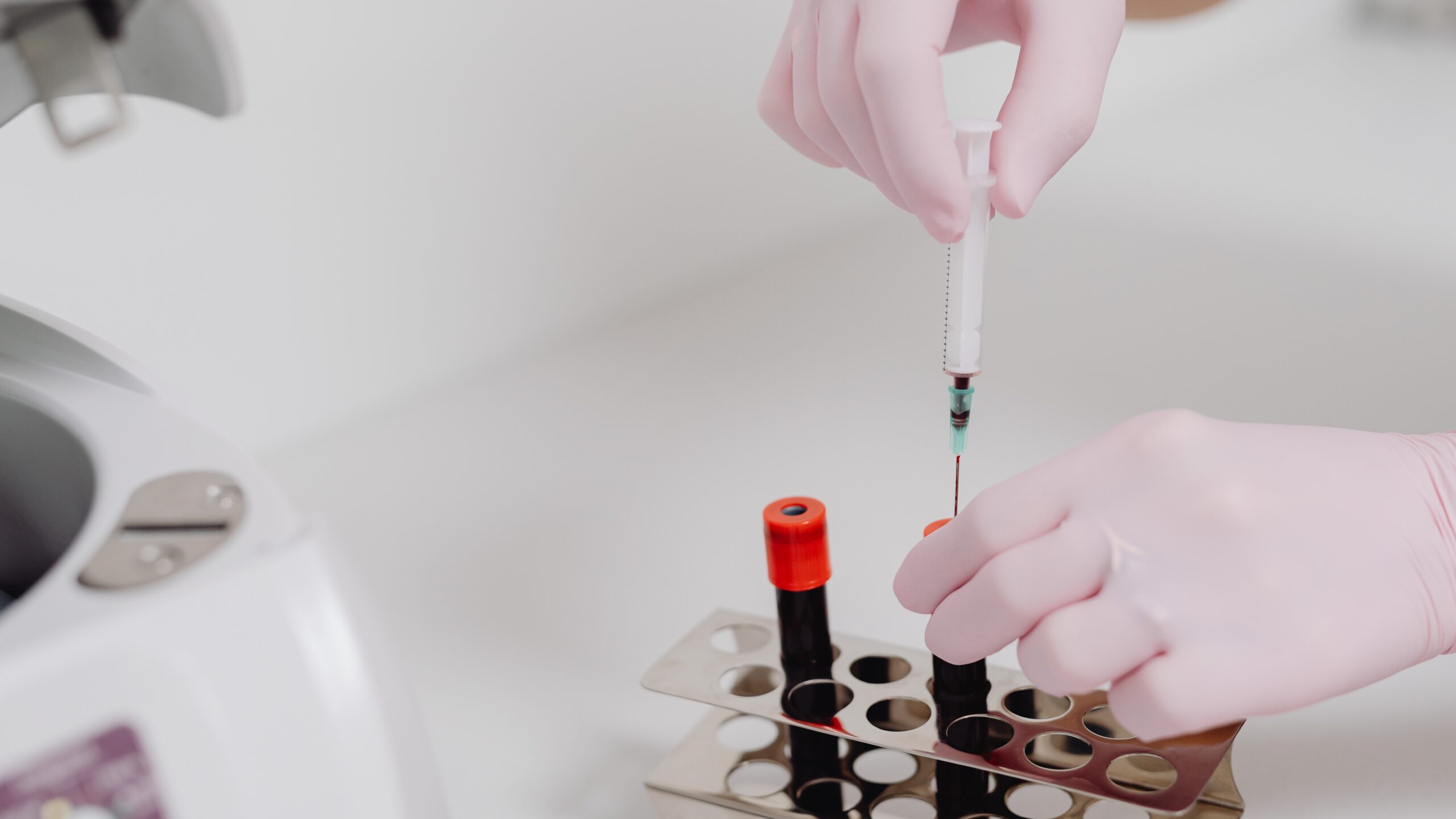Microplastic In Human Blood: In an era dominated by technological advancements and rapid industrialization, humanity faces a new challenge that strikes at the very core of its existence: microplastics. These minuscule fragments of synthetic materials have infiltrated our environment at an alarming rate, resulting in a threat that extends beyond our comprehension. A recent revelation has sent shockwaves through the scientific community and society at large: microplastics have been discovered in human blood. This groundbreaking finding serves as a dire wake-up call, highlighting the urgency of addressing this pervasive issue.
Microplastics: Tiny Particles, Enormous Impact
Microplastics, particles measuring less than 5mm in size, originate from the degradation of larger plastic items, as well as the shedding of microbeads found in personal care products and synthetic clothing fibers. These minute fragments are virtually omnipresent, infiltrating our oceans, soil, and even the air we breathe. As these particles enter the environment, they pose a grave threat to marine life, disrupt ecosystems, and potentially find their way back to our plates through the consumption of contaminated seafood. Now, the alarming revelation that microplastics have infiltrated human blood casts an even darker shadow over their omnipresence.
The Unsettling Discovery
Recent research conducted by a team of dedicated scientists has unveiled a startling truth: microplastics have found their way into the circulatory systems of humans. The study, published in a reputable scientific journal, analyzed blood samples from diverse geographical locations and demographic groups. The results were unequivocal – traces of microplastics were detected in every single sample. These findings shatter any lingering doubts about the extent of microplastic pollution and its potential consequences for human health.
A Silent Intrusion into Human Health
The implications of microplastics infiltrating human blood are far-reaching and deeply unsettling. The particles, which are often laden with toxic chemicals from their surrounding environment, can potentially wreak havoc on the human body. Studies suggest that these contaminants could disrupt hormonal balance, provoke immune responses, and even enter vital organs. While comprehensive studies on the direct health effects are ongoing, the mere presence of these synthetic invaders in our bloodstream should be a cause for immediate concern.
A Call to Action
The revelation of microplastics in human blood underscores the urgency of addressing the plastic pollution crisis. Governments, industries, and individuals must collectively take decisive actions to mitigate and ultimately eradicate this threat. Here are several imperative steps that must be taken:
1. Stringent Regulations: Governments must enact strict regulations to limit the production and use of single-use plastics, microbeads, and other sources of microplastics. A comprehensive approach to plastic waste management is essential to prevent further contamination of the environment.
2. Innovation and Research: Investment in research and innovation is crucial to develop effective methods for removing existing microplastics from the environment. Novel solutions for recycling and upcycling plastic waste must be explored to reduce the overall plastic footprint.
3. Consumer Awareness: Educating the public about the detrimental impact of plastic pollution on human health and the environment is pivotal. Consumers have the power to drive change by making informed choices and advocating for sustainable alternatives.
4. Industry Responsibility: Industries should take a proactive role in adopting sustainable practices, from the design phase to disposal. The development of biodegradable materials and eco-friendly packaging can significantly contribute to reducing microplastic pollution.
5. International Collaboration: Plastic pollution is a global issue that demands international cooperation. Nations must work together to share knowledge, resources, and best practices to tackle this crisis on a global scale.
In conclusion
The revelation of microplastics in human blood is a sobering reminder that our actions have far-reaching consequences. The urgency to address plastic pollution has never been greater. As we stand at the crossroads of environmental preservation and human health, our collective efforts will determine whether we can reverse the course of this silent intrusion. Let this discovery serve as a clarion call to action, inspiring us to come together and forge a sustainable path forward for the well-being of our planet and ourselves.
Read More:
